
Get $90 off with code "VCD90". It's in Navy Blue or Olive Green. Buy Now at Voweek
- three power modes
- LED display
- LED headlights
- Model: VW-VC09-NB

Apply coupon code "60OFFMIDEA" for a total savings of $99. Buy Now at Amazon
- up to 175-sq. ft.
- washable air filter
- remote control
- three modes
- Model: MAP08R1CWT
- UPC: 810004817555

Clip the $40 off on page coupon to get a total savings of $60. Buy Now at Amazon
- True HEPA H13 filter
- covers up to 1,395-sq. ft.
- measures 12.4"D x 16.2"W x 6.69"H
- Model: MK07
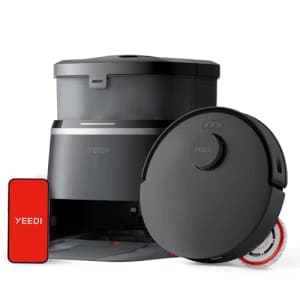
Clip the $100 off on page coupon and apply code "dealnewsm12" to save $327. Buy Now at Amazon
- ZeroTangle Anti-Tangle Technology
- 11,000Pa suction power
- auto-lift
- TrueDetect 3D 3.0
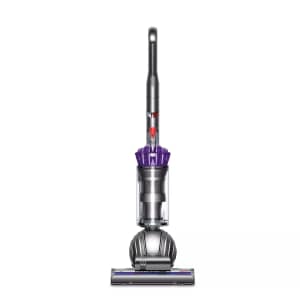
That's the best price we've seen in any condition, and $200 less than a new model costs at Target. This is a certified refurbished item backed by a 2-year warranty from Allstate. Buy Now at eBay
- 25-foot cord
- self-adjusting cleaning head
- several attachments
- Model: 216041-01

Clip the 50% coupon on the product page and apply coupon code "OOFJZTWD" for a savings of $736. Buy Now at Amazon
- Suitable for large rooms up to 1076 ft²
- HEPA filter captures 99.97% particles
- Wi-Fi and voice control via Alexa or Google Assistant
- PM2.5 air quality sensor with display
- 24dB quiet mode for sleep
- 4 fan speeds and auto-adjusting mode
- Model: HY4866-WF

Heaters start at $60, patio umbrellas at $120, furniture sets at $185, and more. We've pictured this East Oak Courtyard 4-Piece Patio Furniture Set for $198.99 ($431 off.) Shop Now at Woot! An Amazon Company

You'd pay $10 more at Amazon. Buy Now at Walmart
- built-in hose rinse & removeable lid
- 19-oz. tank
- Model: FD13010

Clip the coupon on the product page for a total savings of $75. Buy Now at Walmart
- rechargable battery
- washable & reusable filter
- LED light
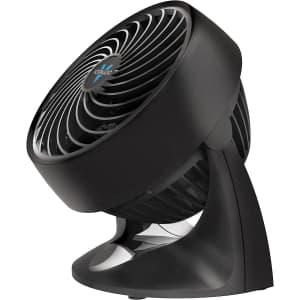
You'd pay around $40 at most merchants. Buy Now at Amazon
- 2 speed settings
- moves air up to 25-feet
- Model: CR1-0221-06
- UPC: 043765008799
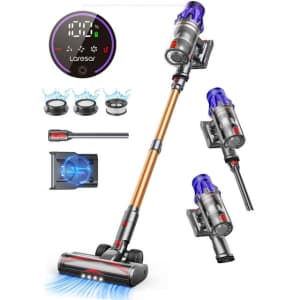
It's $100 off. Buy Now at Walmart
- wall-mounted auto charging
- free-self standing design
- 500W brushless motor
- adjustable 50Kpa power suction
- 7-stage filtration system
- 1.5L dust cup with one-click removal
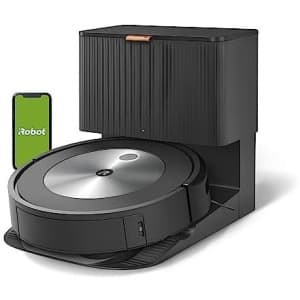
Apply coupon code "IROBOTDEAL" to save. That's $18 under our mention from three weeks ago and the best price we could find for this refurb by $18. This is a certified refurbished item backed by a 2-year warranty from Allstate. Buy Now at eBay
- smart mapping
- self cleaning
- cartridge filter
- Model: j755920
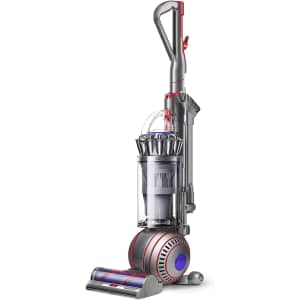
It's the best price we could find by $154. Buy Now at eBay
- 3 cleaning modes
- de-tangling
- stair tool and combination tool
- 50-foot total reach
- Model: 405866-01
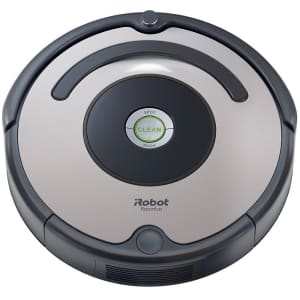
Apply coupon code "IROBOTDEAL" to knock it further to $99.99, which is by far the best we've ever seen in any condition. This is a certified refurbished item backed by a 2-year warranty from Allstate. Buy Now at eBay
- Alexa compatibility
- 3-stage cleaning system
- edge-sweeping brush
- Model: R677020

Clip the 30% off on page coupon and apply code "6XBPC2BM" to save $43. Buy Now at Amazon
- covers 215-sq. ft.
- measures 6.5"D x 6.5"W x 8"H
- RGB and color-changing light
- Model: MSB5
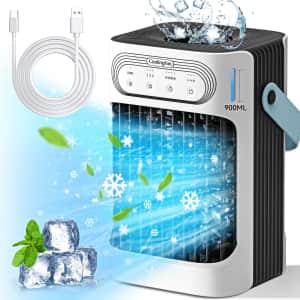
Clip the 30% off on page coupon and apply code "20OT3F3P" to save $50. Buy Now at Amazon
- 7 LED night-light options
- 3s fast cooling
- three mist levels
- three wind speeds
- 2- to 8-hour timer
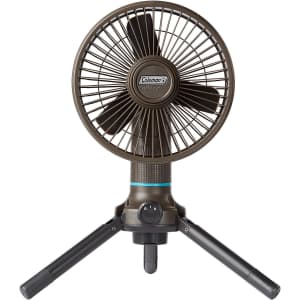
That's $66 under list, $10 under our November mention, and the lowest price we've seen. Buy Now at Walmart
- multiple speeds
- hanging hook
- IPX4 water resistant
- USB rechargeable 4800mAh lithium ion battery (compatible with other Onesource items, like a camping shower, speaker, or pump)
- built-in flashlight
- Model: 2000035455

Get just over half off. It's available in Gray at this price. Buy Now at Wayfair
- 6 timer settings
- two heat settings
- heats up to 600-sq. ft.
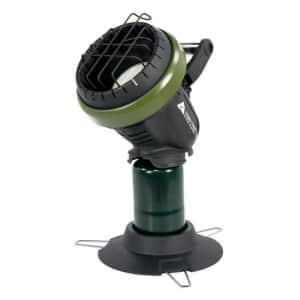
Bag it today at $32 off. Spend $35 for free shipping, or choose pickup to avoid the $6.99 shipping charge. Buy Now at Walmart
- for heating spaces up to 105 sq. ft.
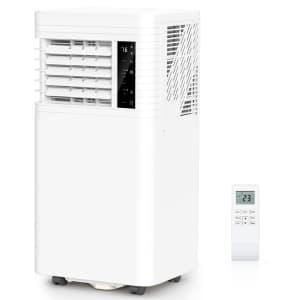
Use code "20MU5W7E" to get $42 off. Buy Now at Amazon
- cools up to 350-sq. ft.
- four modes
- measures 13.39" x 11.81" x 27.32"
Household Appliances: The Basics
If you’re looking for your next vacuum cleaner, heater, air conditioner, humidifier, or dehumidifier, look no further! DealNews posts great deals so you can find cheap household appliances.
A Quick Guide to Vacuum Cleaner Buying
Purchasing a vacuum should be simple, but now that there are so many options, you might find yourself second-guessing your choices. Check out some of these tips and details from this buying guide from Kohl’s , or check out this guide from the DealNews Blog .
Vacuum Cleaner Types
- Canister vacuum cleaner
- Works best on hardwood or small carpeted surfaces
- Consists of a suction hose and separate unit with motor and receptacle
- Upright Vacuum
- Great for large carpeted surfaces
- Uses motorized beater brush to loosen and remove dirt
- Bagless and bagged models available
- Many include attachments for various uses like dusting
- Best for multi-surface (i.e., hardwood and carpeted) homes
- Handheld Vacuum
- Great for small areas
- Small and typically battery-powered
- Stick Vacuum
- Lightweight and battery-powered
- Includes motorized brush
- Better for hard flooring than carpets
- Most are bagless
- Also known as “sweeper vacuums”
- Robotic Vacuum
- Autonomous vacuum that uses sensors to clean
- User selects settings like cleaning time and floor type
- Typically not as powerful as other vacuums
- Pet Vacuum
- Specialized upright vacuum cleaner
- Detachable beater brush
Bagged vs. Bagless
When purchasing a vacuum cleaner, a common question is whether you should purchase a bagged or bagless model. A couple of details to help with your purchase include:
- Allergy Concerns: Bagged vacuum cleaners release less dust into the air, making it more allergy friendly.
- Cost: Although bagless vacuum cleaners have filters that will eventually require cleaning or replacement, the cost impact of not having to replace the bag each time the dust compartment is full makes bagless vacuum cleaners a bit more cost-effective.
Common Vacuum Terms
Agitator: Brush at base of the vacuum that moves debris up to be suctioned into a bag or canister.
Belt: The belt causes the brushes to rotate and process debris.
Cleaning path: The cleaning path is determined by the width of the base of the vacuum cleaner — the wider the base the larger the cleaning path.
Filtration: Filtration systems help remove dust mites from floors and furniture. This is ideal for reducing household allergens.
HEPA air filter: High Efficiency Particulate Air (HEPA) filters are extended-surface filters that capture up to 99% of all dust particles.
Motor: Measured in amps, watts, and volts, the motor power determines the suction of the vacuum. Greater suction power means you spend less time cleaning your floors.
Motor protection system: A safeguard that protects a vacuum motor from overheating.
Retractable cord: An feature that automatically winds the cord for storage in the machine.
Self-propelled motor: A feature that propels the vacuum on its own for easier maneuvering.
Blog Articles About Household Appliances
What to Look for When Buying a Fan
Find a Vac That Doesn't Suck: The Ultimate Vacuum Cleaner Buying Guide
Don't Sweat It! 9 Tips for Getting Air Conditioning on a Budget
Frequently Asked Questions
Do ceiling fans save money?
Running a fan is significantly cheaper than running an A/C unit because you can target rooms you're utilizing instead of your entire home.
However, a more important question is whether a fan meets your cooling needs. A fan alone may or may not keep you cool, so the trick is to use the fan in conjunction with your air conditioning. Fans do not actually cool the air, so if you’re stuck in an 85-degree room you’re just having 85-degree air blowing on your skin.
This trick can save you hundreds of dollars each year, so in short, yes, fans definitely save money! Check out this blog post for more info!
Do air purifiers work?
A machine that quietly hums in the background while cleaning your air may sound too good to be true. But if you’re an allergy or asthma sufferer, a quality air purifier may be worth the investment.
This study concludes that air filtration through HEPA purifiers are useful for allergy sufferers, but notes the effectiveness is limited to one room instead of a whole house. While air purifiers are limited in what they can clean from the air (dust, smoke, pollen), the added relief can aid those who have tried many other solutions.
It’s important to note that air purifiers are not very effective, if at all, in cleaning out mold or VOCs that accumulate in the air from adhesives, paints, or cleaning products.
Humidifier vs. Dehumidifier: Which do I need and why?
Humidity regulation, whether by a humidifier or dehumidifier, helps with comfort levels in your home. According to Richmond’s Air Heating & Air Conditioning , a good humidity level for the home is between 35% and 45%. You can measure this with a hygrometer or you can try a few tricks like the one found here for low humidity measurements, or here for high humidity measurements.
High and low humidity can each create different issues in your home and body. Low humidity can damage your furniture, floors, and doors, causing them to crack. It can even cause caulk or glue to shrink, creating gaps that allow air to leak out. Worse, high humidity affects sleep , and exacerbates breathing problems like asthma by creating a breeding ground for mold and other allergens .
Low humidity is also problematic, causing dry skin, nasal irritation, and even spreading the flu .
A Georgia girl with three years of experience in IP Law and grounded in understanding marketing and consumer motives. When she's not working with the fabulous staff of DealNews, you can find her whining at rowing practice and browsing the Hot Deals on the site.